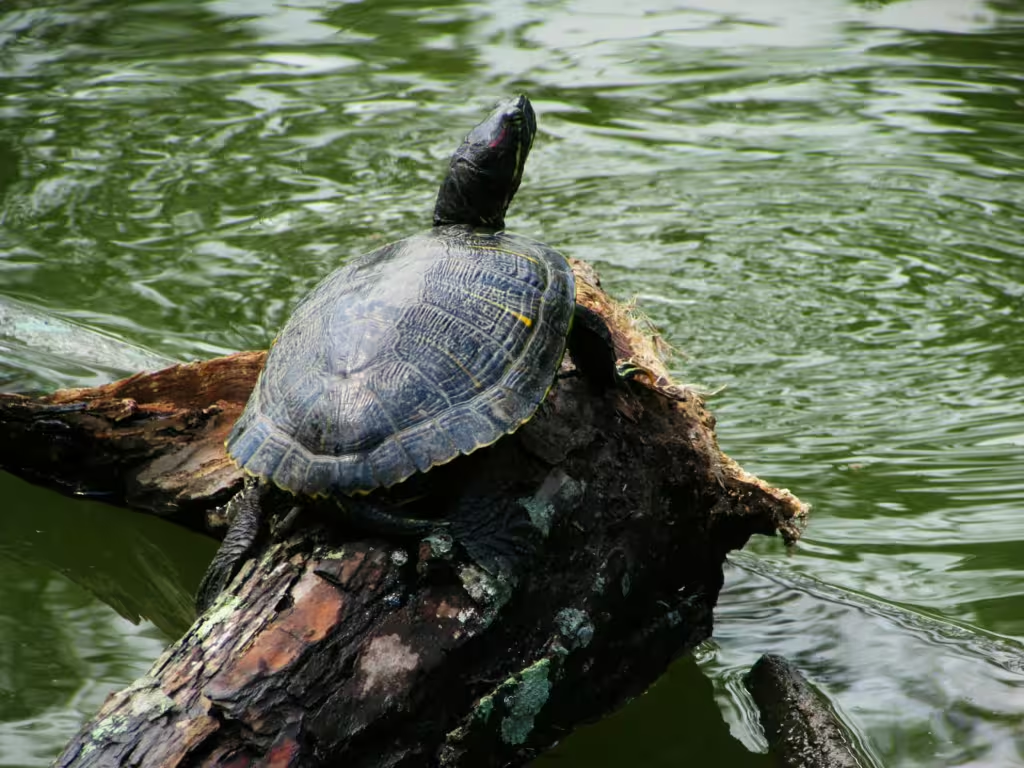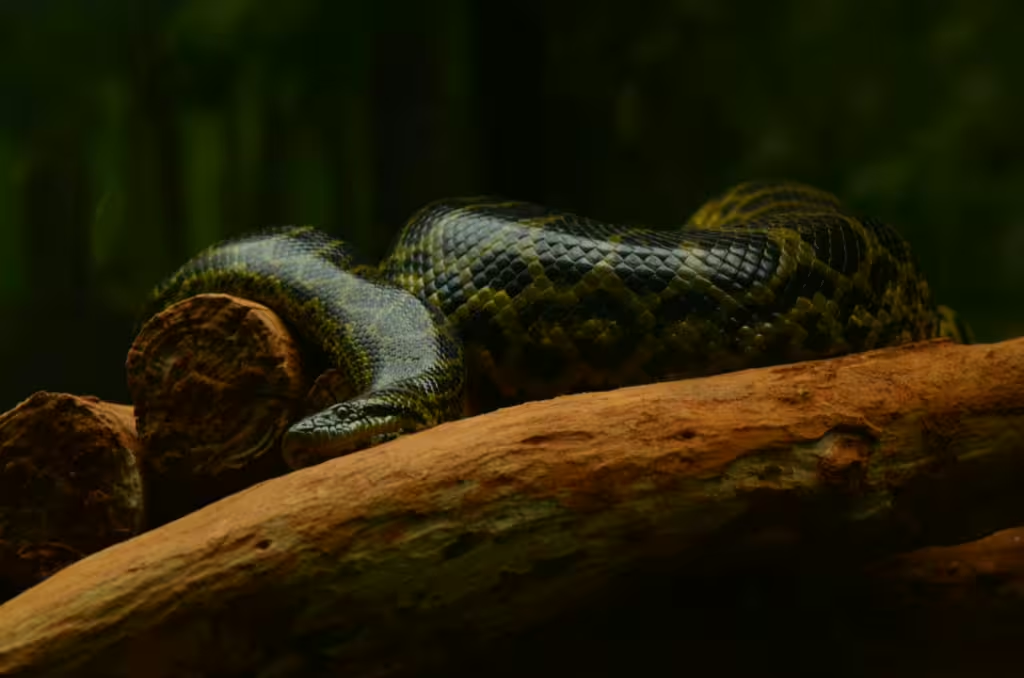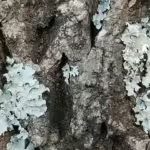Imagine, if you will, a dank swamp. The weather is hot, but not the burning hot of a desert sun, the sticky, stifling heat that comes with high humidity. You’re riding through on a boat, going slowly so your motor doesn’t get tangled around weeds or vines. As you wipe the sweat from your brow, you see a distant log swim slowly out of your path. You steel yourself and suddenly realize it isn’t just the heavy air making you perspire, it’s the undeniable truth that, all around you, reptilian predators are watching your every move.
This startling description was to set the scene, but the truth is that swamps and mangroves form some of the most unique and ecologically diverse habitats on the planet. The murky waters, tangled roots, and relatively high heat and humidity make them perfect for many species of reptile and amphibian. Like them or love them, these wetland ecosystems contain an abundance of life, providing refuge for a diverse array of reptilian species; some of which can be found nowhere else in the world.
In this article, we will discuss some of the most iconic swamp and mangrove reptile species. We will examine the lives of stealthy predators and camouflaged specialists with equal interest, exploring the vital roles that these amazing reptiles play in their respective ecosystems. So gear up and put on your waders, we about to take a ride through the swamp, ya’ll!

American Alligator (Alligator mississippiensis)
There is a reason that we used the alligator in the intro. The American alligator is perhaps the most iconic swamp-dweller in all of North America. This pugnacious predator of the marshlands can be found in freshwater wetlands all throughout the southeastern United States, particularly in Florida and Louisiana. They prefer to dwell in swamps and slow-moving rivers, places where their power, hunting strategy, and metabolism are most effective.
Possessed of a powerful bite and armored skin, the American alligator is one of the most formidable hunters in the animal kingdom, eclipsed only by its crocodilian relatives in the Eastern hemisphere. The alligator preys on fish, birds, and mammals, making its role one of apex predator, but it does other things to help maintain wetland ecosystems as well. By digging “gator holes,” these reptiles create aquatic refuges that support a wide range of species during dry periods.
Saltwater Crocodile (Crocodylus porosus)
We’re moving up a level now from lower crocodilian to S-tier. The saltwater crocodile is the largest living reptile on the planet and can grow over 20 feet in length. This fearsome, prehistoric predator sits at the very top of the food chain in the coastal mangroves and estuaries where it dwells. It can be found across Southeast Asia, northern Australia, and parts of India. Like alligators, these apex predators use stealth and power to ambush their prey, which includes fish, birds, and even large mammals. The “salties” ability to tolerate saltwater allows them to traverse vast distances along coastlines.
They have an aggressive nature and often exhibit territorial behavior, which is why they are such a draw for Australian tourists and fans of the late, famed Crocodile Hunter, Steve Irwin. Conservation programs have been essential in protecting these reptiles from habitat loss and illegal hunting.
Green Anaconda (Eunectes murinus)
The green anaconda is the heaviest snakes on the planet, but it can also be counted among the longest. Anacondas are native to the swampy rainforests of South America, especially in the Amazon and Orinoco basins. This snake is semi-aquatic, related to the boa constrictor, and in fact, hunts and kills prey in a similar fashion. As a result, it thrives in slow-moving rivers and flooded wetlands, where its olive-green skin, adorned with dark blotches, provides excellent camouflage among the dense vegetation and murky waters.
As we said, anacondas are constrictors, which means they take down fish, birds, capybaras, and even caimans using their muscular coils. They wrap their bodies around their prey, subduing them and constricting the life out of them. Despite their size and the danger they could pose if you encountered one, anacondas are fairly elusive and so rarely pose a threat to humans.
Mangrove Monitor (Varanus indicus)
It isn’t just snakes and crocodiles that live in the swamp, there are a fair amount of lizards as well. Take, for instance, mangrove monitors. These agile, intelligent lizards can be found in coastal and swampy areas across northern Australia, New Guinea, and the surrounding islands. These lizards are excellent swimmers which can use their laterally compressed tails to navigate tangled mangrove channels with ease.
Though they aren’t as large as their distant cousin the Komodo dragon, these monitors hunt and feed on a wide variety of prey, including crabs, fish, insects, and when they can find it, carrion. Possessed of strong claws and prehensile tails, mangrove monitors are as adept at climbing as they are swimming. They can even be seen basking or hunting among tree branches at times. Their ability to inhabit both land and water makes them highly adaptable within these swampy ecosystems.
Cottonmouth (Agkistrodon piscivorus)
Some people know them by the name water moccasin, others call them cottonmouths, but whatever name you know them by, the most important thing to note about this pit viper is that it is highly venomous. Native to the southeastern United States, cottonmouths inhabit swamps, marshes, and slow-moving streams, where it hunts amphibians, fish, and small mammals. So-named for the white interior of its mouth, the cottonmouth displays this frightening maw only when it’s threatened.
The snake’s other name, water moccasin, is derived from its coloration—typically dark brown or black—which helps it blend seamlessly into murky waters and leaf litter of its habitat. Despite the snake’s fearsome reputation and potent venom, cottonmouths are generally shy and will avoid humans if possible. As predators, cottonmouths are vital to their home ecosystems, where they help maintain the ecological balance by controlling populations of rodents and other small animals.
Common Snapping Turtle (Chelydra serpentina)
Turtles are also frequent inhabitants of wetland ecosystems. The common snapping turtle, for instance, is like something out of prehistoric times. This snap-jawed, armored predator thrives in swamps, marshes, and slow-moving waters across North America. It uses its powerful jaw and spiked tail to both protect itself and feed on fish, amphibians, and any carrion it finds in its underwater home. That said, the snapping turtle is omnivorous and has been known to dine on aquatic plants at times.
Like nearly all swamp hunters, snapping turtles are ambush predators, often lying motionless in the mud with only their nostrils and eyes above water as they wait for prey to approach. These terrifying terrapins play a crucial role in cleaning aquatic ecosystems by scavenging dead animals and aiding in nutrient cycling. Fortunately, despite their fearsome visage, snapping turtles prefer to avoid confrontation unless provoked and rarely attack humans without good reason.
False Water Cobra (Hydrodynastes gigas)
Native to the wetlands of Brazil and Paraguay, the false water cobra is the South American reflection of the water moccasin. This large, rear-fanged snake is not a true cobra, but can mimics true cobras by flattening its neck when threatened; hence the name. Although not as venomous as its namesake, false cobras can deliver a mild venom that immobilizes small prey such as fish, amphibians, or tiny mammals. They tend to prefer flooded forest and swamps, so it’s no surprise that the false water cobra is a strong swimmer and highly agile when in the water. Its curious nature and striking appearance have made it a popular species among reptile enthusiasts, although it requires experienced handling due to its size, venom, and potential defensiveness.
Nile Monitor (Varanus niloticus)
Distantly related to the aforementioned mangrove monitor, the Nile monitor is a large, powerful lizard that is native to, you guessed it, sub-Saharan Africa. This legendary lizard thrives in a variety of habitats but is most comfortable in the swamps, riverbanks, and mangrove edges it chooses to frequent. Like many of its kind, Nile monitors are opportunistic feeders, consuming everything from eggs and insects to fish, small mammals, and carrion. They possess sharp claws, strong tails, and muscular bodies, all of which enable them to both skilled climbers and adept swimmers. In addition, their above-average intelligence for a reptile, coupled with their adaptability make them formidable predators.
For those visiting such places, it’s important to note that Nile monitors have a reputation for being aggressive when cornered. They have been observed using their tails as whips and delivering painful bites to any that have the gall to threaten them. In some regions, these monitors are even considered invasive due to their introduction via the pet trade, but they are vital to the health of their home ecosystems.

Flatback Turtle (Natator depressus)
Yet another terrapin of the swamp world, these turtles can be found only in the waters off northern Australia. This singular species is actually not a freshwater animal, but a unique type of sea turtle that often frequents coastal mangroves and estuaries. Unlike other sea turtles, however, the flatback has a low-domed, soft shell and does not migrate long distances for breeding or feeding. Instead, the flatback remains relatively close to its nesting beaches and mangrove homes. That said, like its seafaring cousins, the flaback likes to feed on soft-bodied invertebrates, such as jellyfish, sea cucumbers, and mollusks. Safly, flatback turtles are especially vulnerable to habitat disturbance because of their limited range and nesting habits, though conservation efforts are in place to help keep the species stable.
Black Caiman (Melanosuchus niger)
The black caiman may not be equal in size to the American alligator or the saltwater crocodile, but it is still the largest predator in the Amazon Basin. The black caiman is one of the most impressive swamp reptiles, growing up to 16 feet from tip to tail and hunting various fish, birds, mammals, and even other reptiles, including smaller caimans. It can be found in the slow-moving rivers, lakes, and flooded forests of the Amazon, though it was once hunted nearly to extinction for its valuable skin. Fortunately, the conservation efforts of the past few decades have brought the caiman population back to healthy levels.
Mangrove Snake (Boiga dendrophila)
Also known as the gold-ringed cat snake, the mangrove snake is a strikingly beautiful, though mildly venomous snake that can be found in mangrove forests and coastal swamps of Southeast Asia. These snakes are arboreal, nocturnal hunters that feed upon birds, lizards, and small mammals that live among the boughs of trees. Though not dangerous to humans, a mangrove snake can deliver a painful bite if threatened. Mangrove snakes are excellent climbers and swimmers, using their agility to navigate the tangled branches and tidal waters of their habitat.

Red-Eared Slider (Trachemys scripta elegans)
The most innocuous and non-threatening reptile on this list is probably one that many readers are familiar with. The red-eared slider is a common yet iconic turtle, often found in freshwater wetlands, swamps, slow-moving rivers, and pet shops throughout the United States. Easily recognized by the red stripe behind each eye, this semi-aquatic turtle is a popular pet for young children. Like the snapping turtle mentioned above, the red-eared slider is omnivorous, feeding on aquatic plants, insects, fish, and carrion.
While originally native to the United States, these turtles have been introduced worldwide, often to the detriment of those ecosystems where they happen to find themselves. In many cases, the turtle has become invasive and has outcompeted native species for food and other resources. However, in their natural habitat, red-eared sliders are an important part of nutrient cycling and serve as both predator and prey in the food web.
True Investigator Says…
As you can see, reptiles that live in swamps are some of the most frightening, fearsome, and fascinating creatures on the entire planet. These amazing animals are not only incredible to behold, they represent crucial pieces of their wetland ecosystems. For these reasons, and a thousand others, we need to work hard to conserve the ecosystems they inhabit; to protect them so that future generations will get the chance to feel that same sense of fear and awe they elicit.
Discover more from TrueInvestigator
Subscribe to get the latest posts sent to your email.


